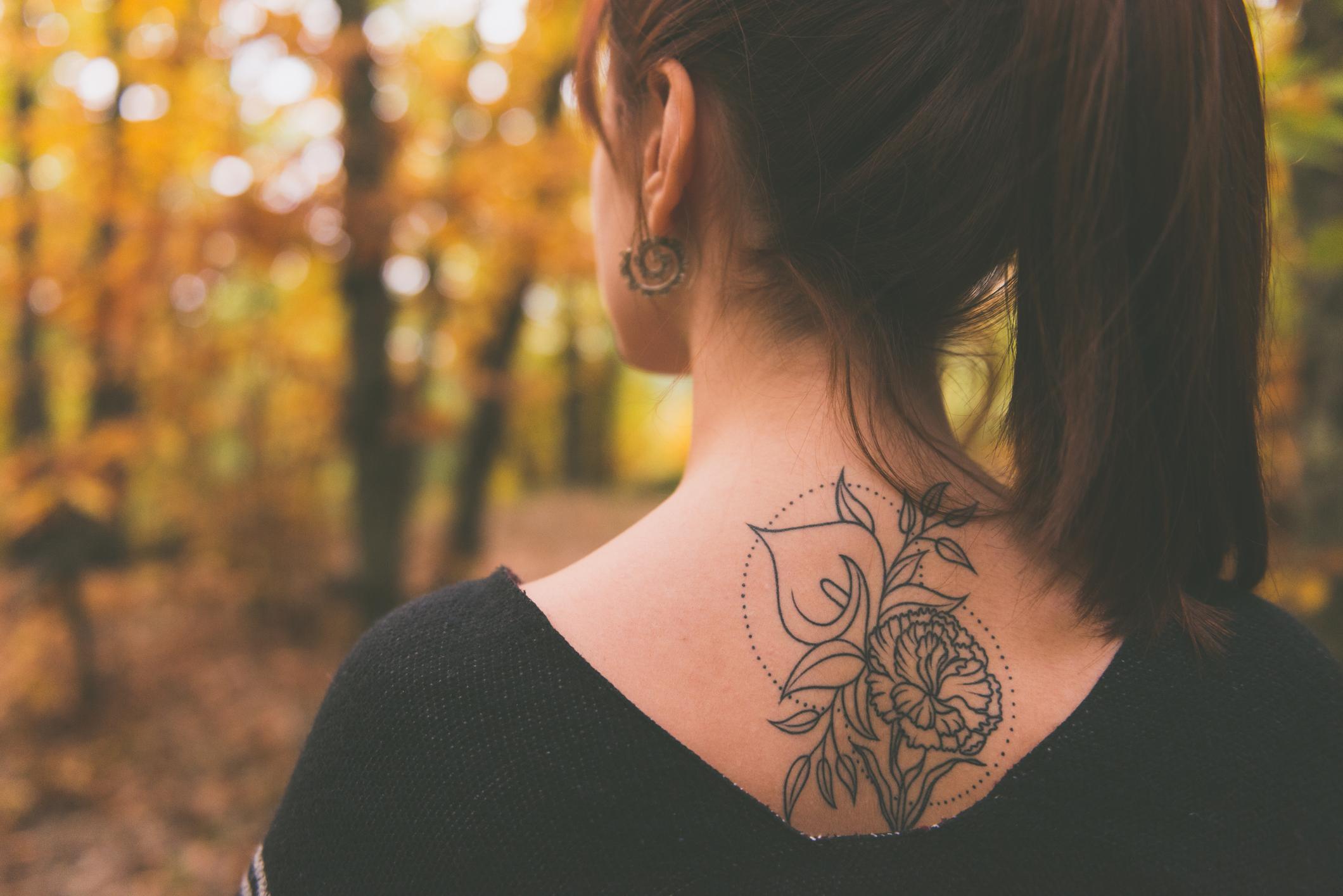While on vacation, two boys with black henna tattoos suffered severe allergic reactions. After a month of treatment, scars are still visible.

Abstract symbol on the hands, floral motifs on the feet, or the sun in the small of the back … Henna tattoos adorn our skin as soon as summer approaches. But this ancestral Indian and North African technique is far from safe. Two little Italian boys aged 8 and 9 who went on vacation to Egypt and Albania suffered from a severe skin allergy, report pediatricians from the University of Perugia (Italy) in International Journal of Environmental Research & Public Health.
Eagle on the forearm for one, dragon on the back for the other, the two boys proudly displayed their temporary tattoo. Both chose black henna. “In nature, black henna does not exist. It is derived from red henna to which various substances are added, the most important of which is paraphenylenediamine (PPD) ”, explain the authors. This chemical allows the design to last longer on the skin and to be darker. Downside: its presence in the mixture can cause serious allergic reactions. Currently in Europe, cosmetic products are not allowed to contain it or in very low doses.
And unfortunately, both children quickly suffered skin damage. After 2 days, swelling and itching appeared on the 9-year-old boy’s arm. For the other 8-year-old, it was the touch-up of the tattoo that caused the dermatitis. On his return to Italy 10 days after the first application of black henna, oozing lesions and blisters occur. “Usually, dermatitis takes on a particular form that reflects the tattoo,” describe the pediatricians.


Source: Panfili, E .; Esposito, S .; Di Cara, G. Temporary Black Henna Tattoos and Sensitization to para-Phenylenediamine (PPD): Two Pediatric Case Reports and a Review of the Literature. Int. J. Approx. Res. Public Health 2017, 14, 421.
Sensitized for life
The various examinations reveal the presence of paraphenylenediamine, and confirm to doctors the cause of this skin reaction. The children needed 4 weeks of treatment to reduce the lesions. Oral antihistamines and steroid creams failed to erase the scars left by this tattoo.
Pediatricians add that these children now sensitized to this substance are more at risk than others of reacting again to this allergen. However, paraphenylenediamine is present in many objects such as ink, textile dyes or even hair dyes. “In view of the large number of sources of exposure, it is very difficult for sensitized people to completely escape it, and therefore limits professional choices”, note the authors of the study.
Prefer natural henna
Faced with the resurgence of these cases, especially in children and adolescents, dermatologists recommend to absolutely avoid black henna, and to prefer its natural version. After two hours of application, the design will appear orange and turn brown in the following days. Depending on the renewal of the epidermis, the tattoo can last 3 to 4 weeks. And with it, there is virtually no risk of infection or allergies.
So while on vacation, run away from the street artists who offer you a beautiful very dark tattoo, the ones who offer you a very quick application in a few minutes or a tattoo that will last a very long time because it means that they are using black henna.
.
















